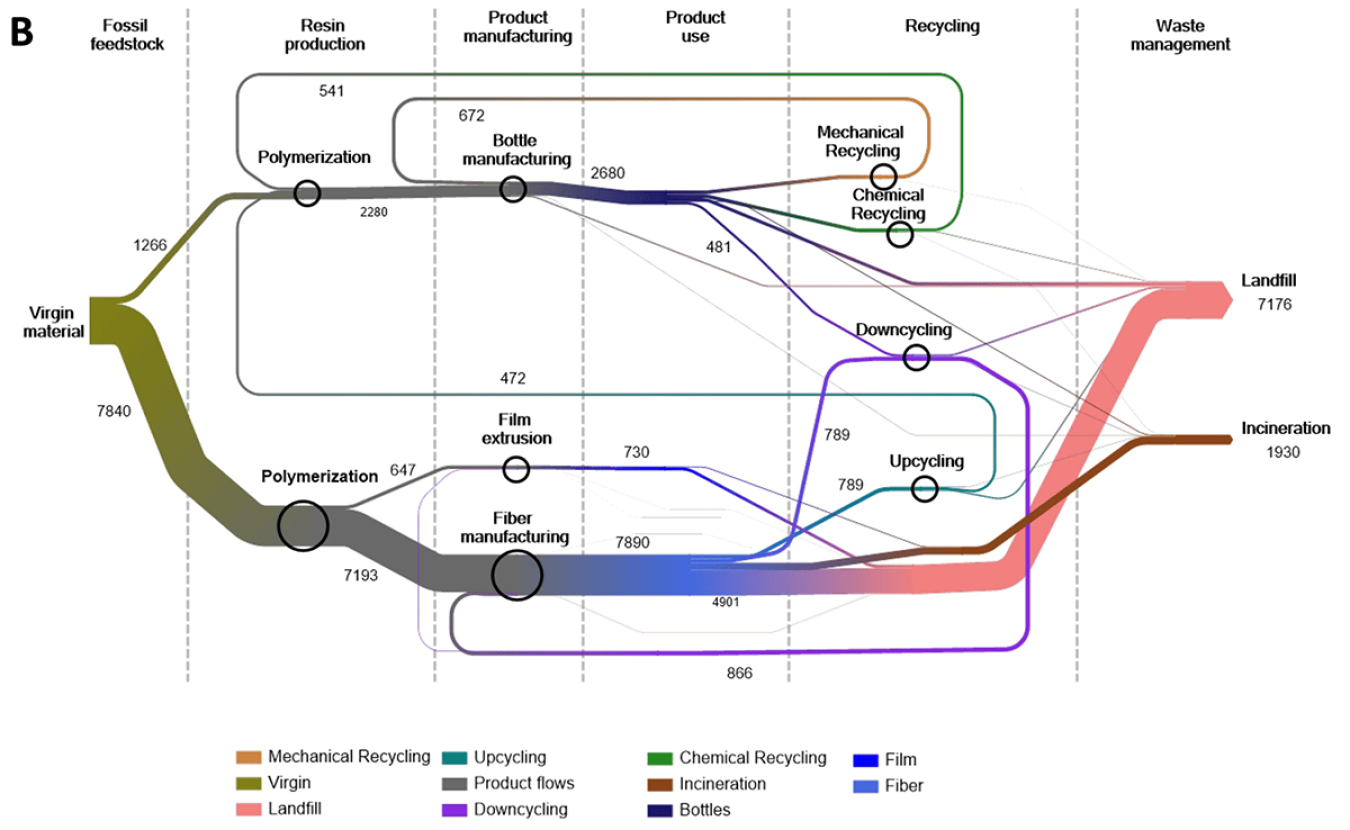The Earth’s supply of natural resources is witnessing unsustainable and unprecedented growth in demand. Circular economy is one approach to natural resource use that aims to move away from the linear material use framework of “take-make-waste” to a more circular and interdependent system where product, material, and resource use is maximized to reduce social, economic, and environmental costs. Understanding product life cycles and tradeoffs between production methods and end of life pathways provide important context to new technologies.
This report is intended as a guiding document for researchers looking to identify tools from the EERE portfolio that can be used to model and understand their work through the Circular Economy paradigm. It summarizes the key principles and parameters associated with Circular Economy modeling tools and the ten “ReX” circularity strategies: refuse, rethink, reduce, re-use, repair, refurbish, remanufacture, repurpose, recycle and recover. Using these concepts, a decision tool is provided to help analysts understand which of 35 available tools is most appropriate for their circularity modeling task.
Two case studies are used to illustrate Circular Economic principles and test modeling tools:
- A life cycle assessment of the effective CO2 emissions and localized pollution associated with wind turbine blade manufacture, transport and disposal or recycling in scenarios of high or low recycling cost. This served as a test case for a new tool under active development at the National Renewable Energy Laboratory called the Circular Economy Life-cycle Assessment and Visualization framework (CELAVI) which is designed to help understand where and how externalities of supply chains are felt as we move to a more circular economy.
- A comparison of how different circularity strategies impact virgin material, energy and water use and total solid waste in the PET plastic bottle industry. This case study applied the Greenhouse gases, Regulated Emissions and Energy use in Technologies (GREET) model to understand how tradeoffs in chemical and mechanical recycling techniques effect overall PET plastic bottle circularity, energy and water use and emissions.


